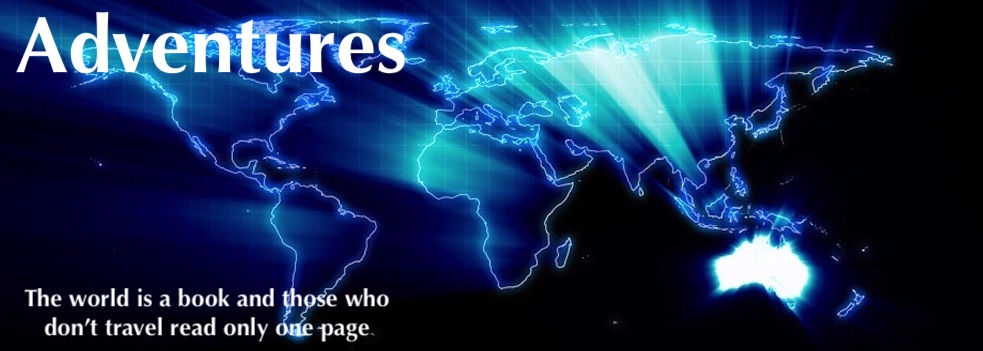The Capricorn Crossing was first vehicle crossing of Australia following the Tropic of Capricorn.
The expedition was filmed by a two man film crew from Channel 7 who were part of the expedition. The documentary was shown nationally several times.
Mitsubishi Motors Australia Ltd supplied two Pajero 4WDs – a Short Wheelbase NC3Z25 000154 and a Long Wheelbase NCOV45 000410). Both were fitted with power steering, air conditioning, limited slip differential, roof rack, tow bar and bull bar. The SWB was fitted with a Superwinch X-3. This proved to be adequate only about half the times it was used. A stronger, more heavy duty winch was needed.
The expedition departed Rockhampton, Queensland on 22 April 1986 and arrived at Waroora Station, Western on 7 May 1986. covering a distance of 5,500 kilometres. Prior to the start of the ‘expedition proper’, the SWB was driven from Perth to Rockhampton via Adelaide, Melbourne, Sydney and Brisbane. The LWB was transported by train to Port Augusta and then driven via Mildura, Wagga Wagga, Sydney and Brisbane to Rockhampton. The SWB travelled a total of 13,360 kilometres and the LWB a total of 10,510 kilometres.
The SWB towed a heavily laden off-road trailer from Rockhampton to Newman.
Bridgestone Desert Duelers 612V tyres – specially designed for rally and sports – were fitted to both vehicles (and the trailer).
Fuel consumption varied depending on the terrain and the consequent demands placed on the vehicles however, for the SWB, it was never better than 18.1 litres/100km or worse than 28.4 litres/100km. The consumption for the LWB varied between 14.8 litres/100km and 21.6 litres/100km.
The rear shock absorbers on the LWB were changed at Newman.
The operating temperature of the engines remained constant in all conditions throughout the expedition.
Both vehicles caught fire as a result of spinifex build up being ignited by heat produced by the exhaust system. No damage resulted to the LWB even though that fire was more extensive. The SWB suffered severed speedometer and Halda cables, severe damage to fuel lines (long range tank) and loss of instrumentation. Damage to electrical wiring also rendered the two-way radios inoperative.
Fuel filters were changed near Kiwirrkurra Community (Gibson Desert) as a consequence of dust contaminated fuel being used. Contamination of fuel by water required the filters to be shaken out and cleaned (there being no further spares) at Well 23 on the Canning Stock Route.
The factory sump, transfer case and fuel tank protection plates were inadequate. A heavier gauge metal is definitely indicated as these guards collapsed in conditions that would only be described as easy/moderate.
4WD was not able to be engaged ‘on the fly’ in this model Pajero.
© Kim Epton 1986-2024
465 words.
Feel free to use any part of this document but please do the right thing and give attribution to adventures.net.au. It will enhance the SEO of your website/blog and Adventures.
See Terms of Use.
